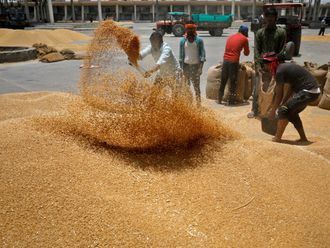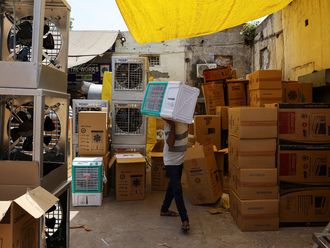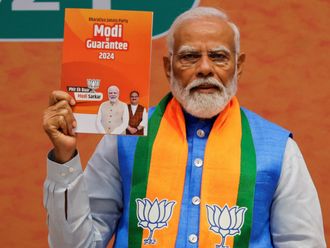New Delhi: Despite the best efforts of the government to use the midday meal scheme to improve the literacy rate in the country and general health of children, the results so far are far from encouraging.
According to reports the problem of malnutrition, anaemia, deficiency in vitamin A and iodine is very common among poor children. More than 90 per cent children in the age group of 6-9 continue to be mildly, moderately or severely underweight while 67.5 per cent children under the age of five and 69 per cent of adolescent girls suffer from anaemia due to iron and folic acid deficiency.
The public expenditure on the budgetary allocation for the scheme has gone up from Rs73.2 billion (Dh4.5 billion) in 2007-08 to Rs132 billion in the year 2013-14.
There is no fixed menu as it varies from state to state. The emphasis on paper, however, is to provide nutritious meals with enough calories and protein. The chefs of The Oberoi group of hotels created prototypes of 13 such wholesome meals with a detailed step by step method for cooking.
The scheme mandates a meal must provide at least 450 calories and 12 grams of protein for children studying in primary classes (1-5), while it is 700 calories and 20 grams of protein for upper primary classes (6-8).
While schools in rural areas have to arrange for cooking inside school premises, there is provision for a central kitchen in urban areas. Many NGOs have stepped in to provide central kitchens in various cities.
However, a survey conduct last year by the ministry of human resource and development revealed that 95 per cent of meal samples prepared by NGOs in Delhi did not meet nutritional standards.
Besides cost of food grain, a midday meal includes cost of cooking that includes ingredients such as pulses, vegetables, cooking oil and condiments.












